Introduction: Lamborghini’s Legacy and Evolution
Lamborghini is not just a car brand; it is a symbol of luxury, exclusivity, and high-performance engineering. The company’s story is a testament to passion, vision, and relentless pursuit of excellence in the automotive world. From its inception in 1963 to its current position as one of the most coveted names in the supercar industry, Lamborghini has remained at the cutting edge of innovation, design, and performance.
Founded by Ferruccio Lamborghini, a successful entrepreneur and tractor manufacturer, the brand quickly became associated with world-class engineering, breathtaking design, and an uncompromising pursuit of speed. Lamborghini’s cars have been revered for their bold looks, thunderous engines, and their ability to deliver an unparalleled driving experience. Over the years, Lamborghini has evolved, adapting to changing markets while staying true to its roots, cementing its place in history as one of the most iconic brands in the world.
This article will explore the history, brand identity, and the evolution of Lamborghini, analyzing how it grew from a small, ambitious company into a global symbol of automotive excellence and luxury. It will trace its roots, pivotal moments in its development, and explore its current influence on the industry.
1. The Birth of Lamborghini: Ferruccio’s Vision and Passion for Cars
The Origins of Lamborghini: A Tractor Manufacturer’s Dream
The story of Lamborghini begins with Ferruccio Lamborghini, an industrial magnate who made his fortune in agriculture machinery. Born in 1916 in Cento, Italy, Ferruccio’s early life was marked by an interest in mechanics, farming equipment, and a deep passion for cars. After World War II, Lamborghini expanded his family’s tractor business into Lamborghini Trattori, which became a success throughout Italy and internationally.
However, it was Lamborghini’s interest in high-performance sports cars that set him on the path to creating one of the most famous automotive brands in history. In the early 1960s, Ferruccio Lamborghini became frustrated with the performance of his personal Ferrari. Despite owning some of the best and fastest cars of the time, he believed that Ferrari’s vehicles lacked refinement and quality for the price. His encounter with Enzo Ferrari, where he famously complained about the clutch problems in his Ferrari, led to one of the most legendary rivalries in automotive history.
Ferrari’s dismissive response to Lamborghini’s criticism is said to have inspired Ferruccio to create a car that would rival Ferrari’s dominance in the luxury sports car market. In 1963, Ferruccio founded Automobili Lamborghini in Sant’Agata Bolognese, Italy. The goal was clear: to build high-performance sports cars that would outclass Ferrari in terms of both engineering and design.
The First Lamborghini: The 350 GT
The first car Lamborghini produced was the 350 GT, introduced at the 1964 Geneva Motor Show. This car was a significant achievement for Lamborghini, marking the company’s entry into the luxury sports car market. With a sleek design and a 3.5-liter V12 engine, the 350 GT had exceptional performance for its time, setting the stage for Lamborghini’s future.
The 350 GT was well-received, and its success allowed Lamborghini to continue developing new models. It wasn’t long before Lamborghini would introduce some of the most iconic sports cars in history, including the Miura and the Countach.
2. Lamborghini’s Iconic Models: From Miura to Modern Supercars
The Lamborghini Miura: The Birth of the Supercar
The Lamborghini Miura is often considered the world’s first true supercar, and it played a pivotal role in establishing Lamborghini as a name synonymous with speed, luxury, and innovation. Released in 1966, the Miura featured a mid-mounted V12 engine, a groundbreaking design that shifted the paradigm for sports cars at the time.
Designed by Marcello Gandini of Carrozzeria Bertone, the Miura’s striking design was revolutionary. It’s widely regarded as one of the most beautiful cars ever made, and its innovative engine placement allowed it to achieve unprecedented performance, with top speeds in excess of 170 mph.
The Miura’s success propelled Lamborghini into the limelight, and it became an instant classic. The car was loved by both the public and celebrities, becoming a cultural icon of the 1960s and ‘70s. Its influence on the automotive world was immense, and its design elements continue to inspire Lamborghini’s models today.
The Lamborghini Countach: A Legend for the Ages
The Countach, introduced in 1974, is arguably the most iconic Lamborghini ever made. Its distinctive scissor doors, sharp angles, and low-slung profile made it a poster car for a generation. The Countach’s design, once considered radical, was the brainchild of Gandini, and it forever changed the way sports cars were designed.
Powered by a V12 engine, the Countach was a testament to Lamborghini’s commitment to raw performance and bold design. It could accelerate from 0 to 60 mph in 5.6 seconds, a remarkable feat at the time. The Countach was not just a car—it was a symbol of excess, style, and cutting-edge engineering.
Lamborghini produced several iterations of the Countach over its lifespan, with improvements in power output, handling, and aerodynamics. The model remained in production until 1990, cementing its status as a quintessential Lamborghini and a symbol of automotive excellence.
The Diablo: Lamborghini’s Continued Evolution
In 1990, Lamborghini introduced the Diablo, a car that would continue the legacy of the Miura and Countach. The Diablo featured a more refined design, improved aerodynamics, and greater performance than its predecessors. It was also the first Lamborghini to reach top speeds over 200 mph, pushing the boundaries of what a supercar could achieve.
The Diablo was powered by a V12 engine and had an output of 485 horsepower. Over the years, Lamborghini produced several variations of the Diablo, including the SE30, which was a more track-focused version. The Diablo’s success helped Lamborghini solidify its position as one of the most prestigious car brands in the world.

3. Lamborghini’s Ownership and Modern Growth: Audi and the Volkswagen Group
The Sale to Chrysler and Audi: A New Era for Lamborghini
Throughout the 1990s, Lamborghini struggled financially, and in 1994, the company was sold to Chrysler. The American automaker attempted to streamline Lamborghini’s operations, but it was not until 1998, when Lamborghini was acquired by Audi, a subsidiary of the Volkswagen Group, that the company began to truly flourish.
The acquisition by Audi brought with it much-needed financial stability and technical expertise. Audi’s investment in Lamborghini helped improve its production processes, enhance its design and engineering teams, and provide Lamborghini with access to Audi’s advanced technology and platforms. This shift marked the beginning of Lamborghini’s modern renaissance.
The Gallardo: Lamborghini’s Best-Selling Model
One of Lamborghini’s most significant achievements in the 21st century was the launch of the Gallardo in 2003. The Gallardo was Lamborghini’s first true entry-level supercar, designed to attract a broader customer base without compromising the brand’s legendary performance.
The Gallardo featured a 5.0-liter V10 engine and was available in both manual and automated manual transmissions. It quickly became Lamborghini’s best-selling model, with more than 14,000 units sold worldwide. The Gallardo’s success helped Lamborghini emerge from the financial troubles it had experienced earlier and solidified its place as a leader in the luxury sports car market.
The Gallardo also featured a more user-friendly design, making it a practical yet thrilling option for car enthusiasts. It was produced in a variety of versions, including the Superleggera, Spyder, and Balboni, each offering a slightly different experience but all carrying the same Lamborghini DNA.
The Aventador and Huracán: Continuing the Lamborghini Tradition
In 2011, Lamborghini introduced the Aventador, a new flagship model that replaced the Murciélago. The Aventador featured a 6.5-liter V12 engine producing over 700 horsepower, allowing the car to reach speeds of over 217 mph. The Aventador’s design was a natural evolution of the bold Lamborghini style, featuring sharp angles, aggressive lines, and a carbon fiber chassis that provided both strength and reduced weight.
The Huracán, introduced in 2014, followed the success of the Gallardo and featured a 5.2-liter V10 engine. The Huracán was lauded for its balance of power and agility, offering a thrilling driving experience on both the track and the road. It was offered in multiple variants, including the Huracán Performante, which was designed to set lap records on tracks like Nürburgring.
Both the Aventador and Huracán solidified Lamborghini’s status as one of the premier names in the supercar world, blending cutting-edge engineering with breathtaking designs.
4. Lamborghini’s Vision for the Future: Hybridization and Electric Supercars
The Sián: Lamborghini’s First Hybrid Supercar
In 2019, Lamborghini unveiled the Sián FKP 37, its first-ever hybrid supercar. The Sián features a 6.5-liter V12 engine paired with a 48-volt electric motor, providing a combined power output of 819 horsepower. This model marks Lamborghini’s entry into the world of hybrid supercars, combining the traditional V12 performance with an electric motor to improve efficiency and reduce emissions.
The Sián’s success marks the beginning of Lamborghini’s commitment to hybridization and sustainability, with plans for a fully electric Lamborghini model in the future. While Lamborghini’s primary focus will always remain on performance, the brand’s future vehicles will likely feature a blend of cutting-edge electric and combustion technologies.
5. Conclusion: Lamborghini’s Enduring Influence on the Automotive World
Lamborghini’s rise from a small, ambitious company to one of the most iconic names in the automotive world is a story of innovation, passion, and relentless pursuit of excellence. From the Miura to the modern-day Aventador and Huracán, Lamborghini has remained true to its vision of producing the world’s most thrilling and beautiful supercars. Through its engineering feats, bold designs, and strategic ownership changes, Lamborghini has remained at the pinnacle of the luxury sports car market for over five decades.
As Lamborghini moves into the future with hybrid and electric vehicles, it will continue to honor its heritage of performance and luxury while embracing the technologies necessary to meet the demands of tomorrow’s automotive world. Lamborghini’s place in automotive history is secure, and its influence on the supercar industry will likely continue for generations to come.


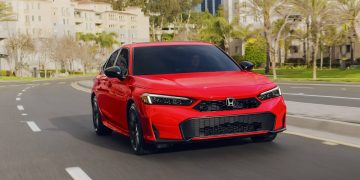
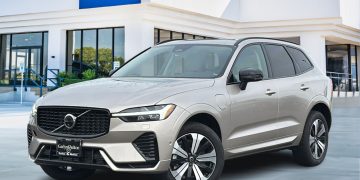
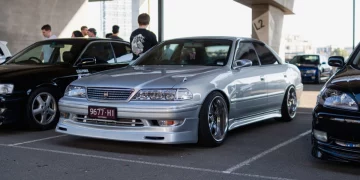

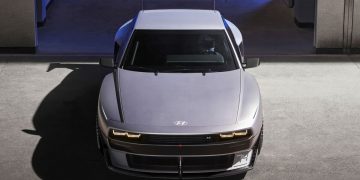

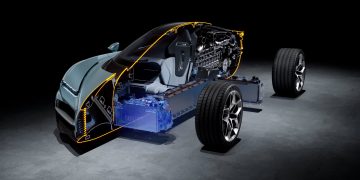





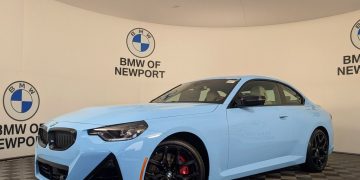
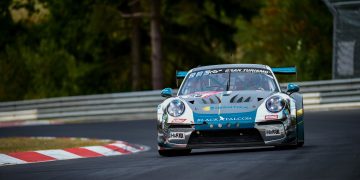





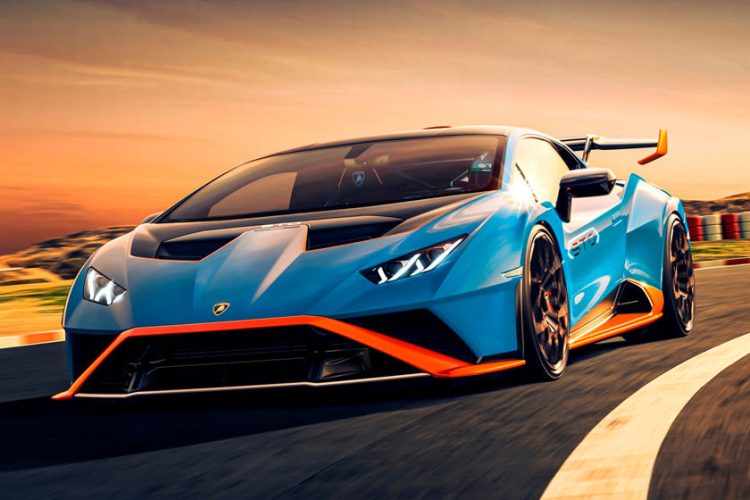












Discussion about this post